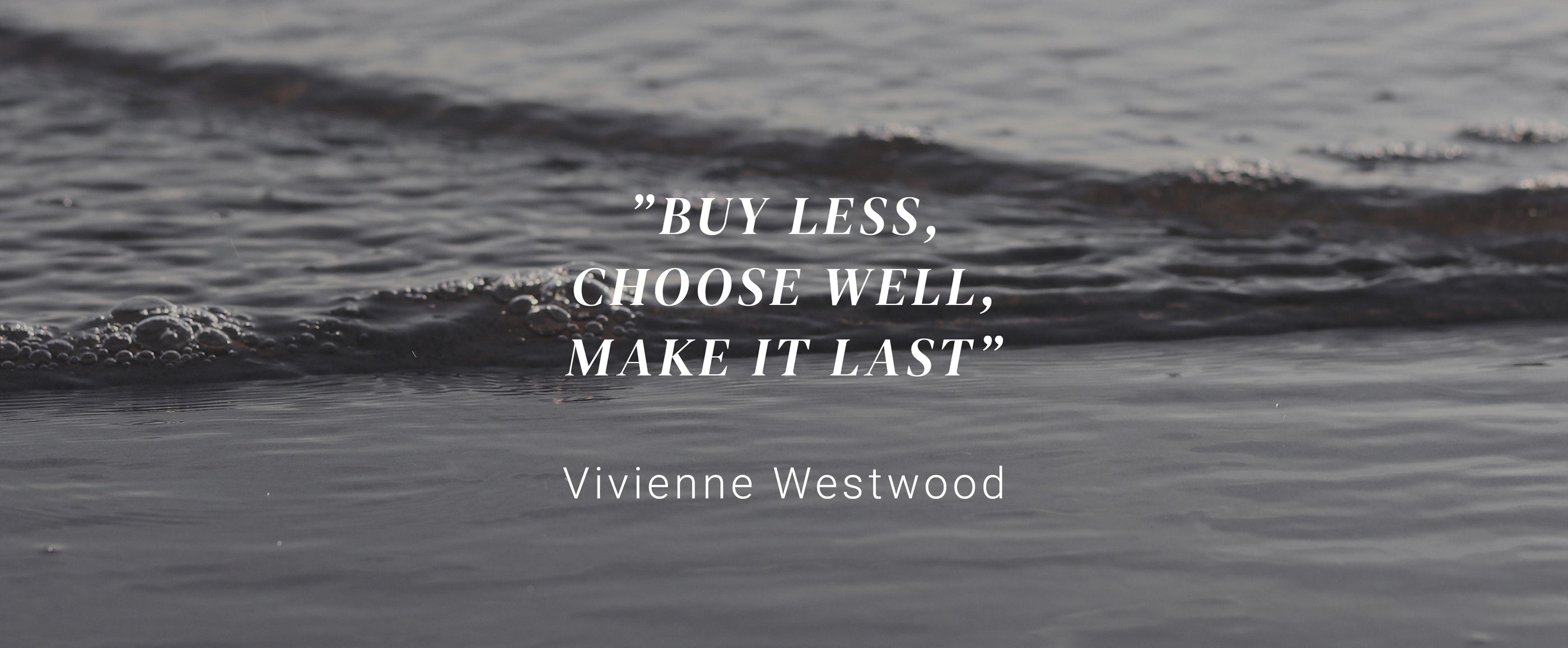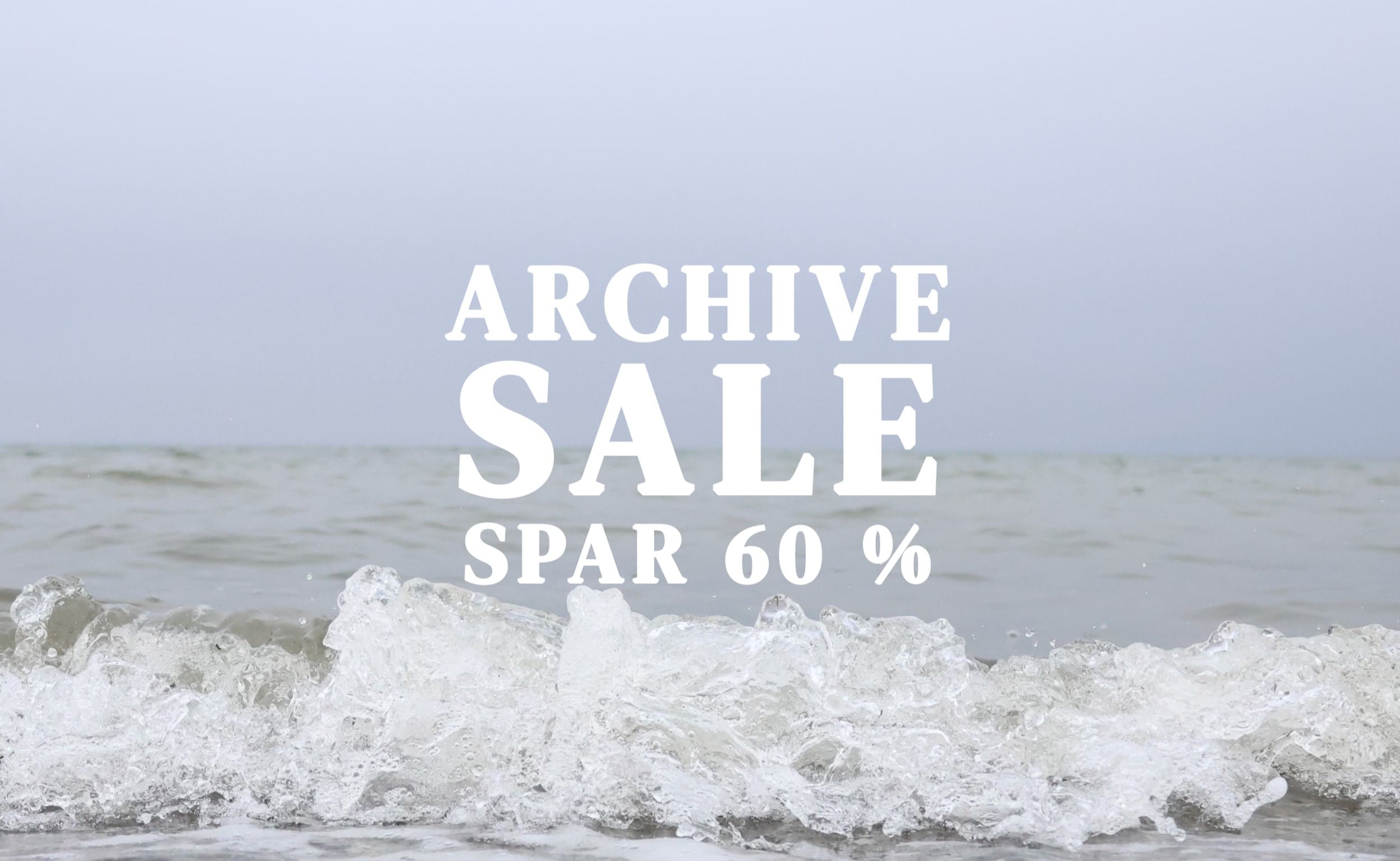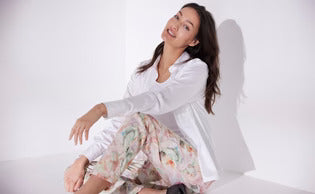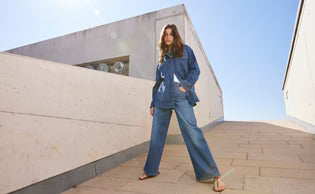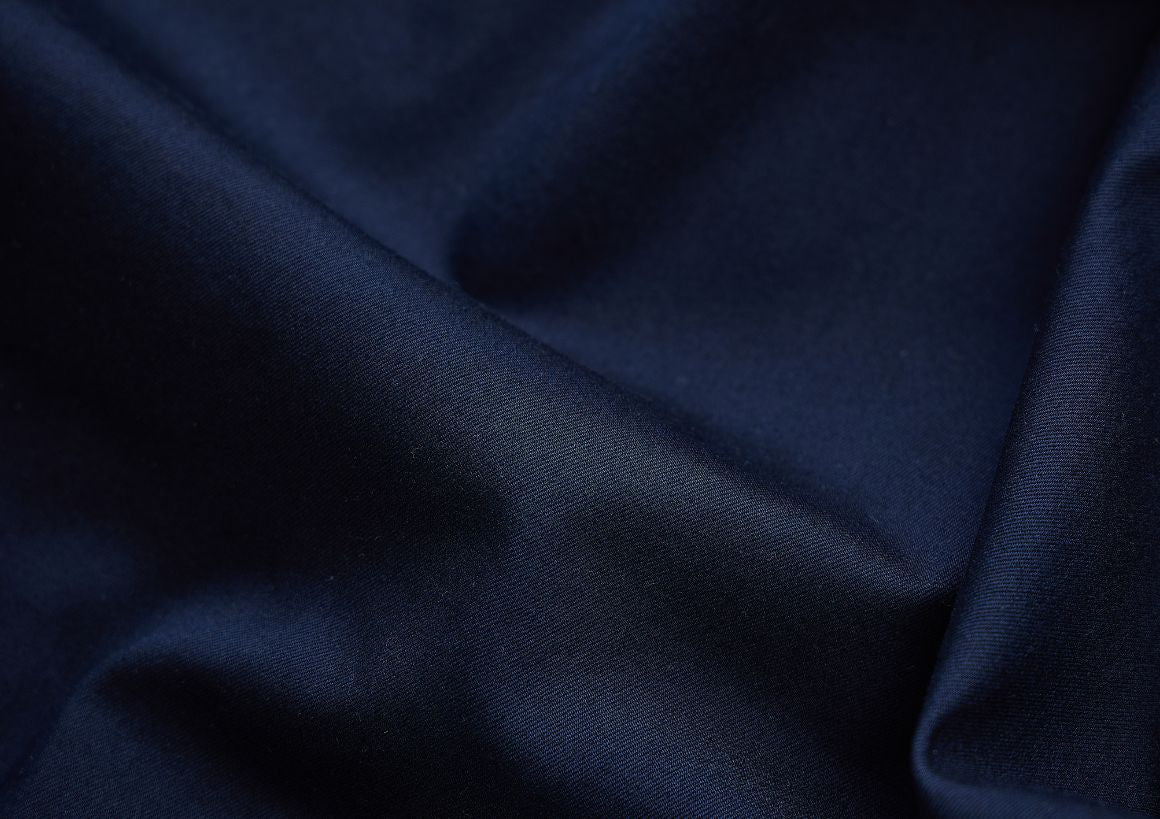WEAR YOUR VALUES
BUY LESS - BUY BETTER
WEAR YOUR VALUES
When did you last wear the sweaters or blazers left behind in your closet? Or what about your trousers on the bottom of the stack? If you are like many of us, it’s probably been a while. It’s a shame. It’s untenable. It’s worth changing. At LAURIE, we believe in better climate, better economy, and greater wardrobe joy; and we are sure we can’t be the only ones feeling an intense joy when our wardrobe is in order with an excellent overview and outfits ready to grab for.
When it comes to clothes, the Danes are among the most affluent consumers in the world. On average, every Dane buys 10.9 kg of clothes per year. Moreover, the Danes are also very fond of home textiles, and on average every Dane buys 2.3 kg of home textiles per year. In other words, every Dane buys 13.2 kg of new textiles per year. That’s more than a kg per month. That’s much. Too much, actually. If you read the conclusions of a survey published by the Danish Consumer Council (TÆNK) in 2022, you realise that this is not only a large consumption; it’s overconsumption.
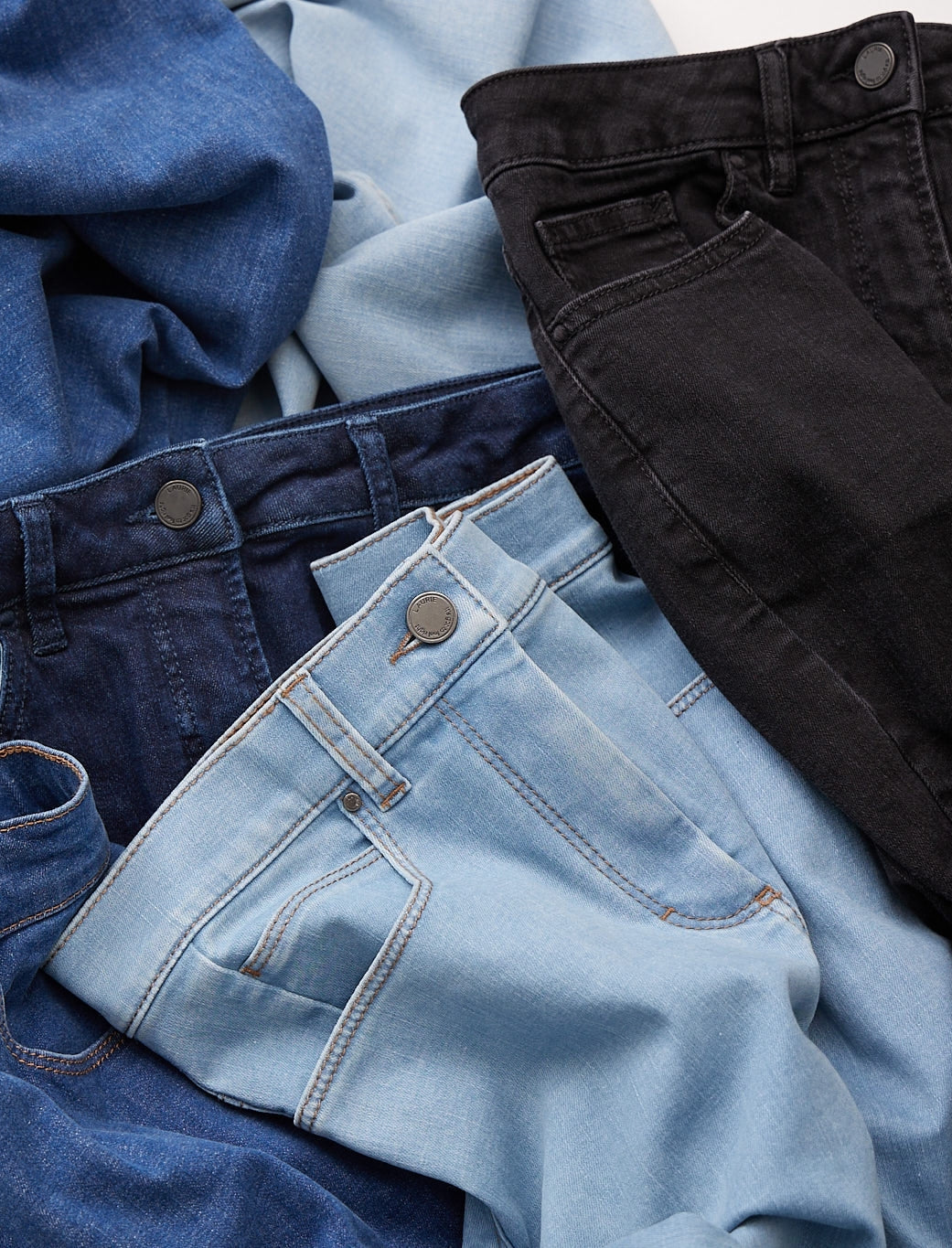
TOGETHER ON CLOTHESWASTE
Did you know that Danes aged 25-50 only wear 60 percent of
the garments they keep in their closets, while the last 40 percent are hidden behind wardrobe doors and wardrobe favourites? That’s one of the thought-provoking conclusions exposed by the project ’Together on clothes waste’. The purpose of the project was to find some solutions to consume clothes with more care. Based on the data collected, which also includes a literature survey, several anthropological field studies, and a development lab with the purpose of generating ideas to reduce clothes waste, the Danish Consumer Council (TÆNK) has prepared the catalogue of recommendations 10 ways to balance clothes consumption.
Even though the catalogue is primarily aimed at players in the fashion industry and our politicians, LAURIE believes so strongly in transparency and user involvement, that we link to the project findings and catalogue recommendations in this blog post. As a modern clothing company, it’s not only natural for us to create – but also to market – our garments with care as well as to encourage conscious consumption based on the motto: ’Buy less, buy better’. Most of us are aware that clothing manufacturing takes enormous natural resources. Therefore, we must act with care, both at the political, industrial, and individual levels.
Create a capsule wardrobe
Do you know the situation where you are just standing there staring at your quite impressive collection of beautiful items, fascinated and frustrated at the same time? Where you ask yourself how it can be so difficult to find the perfect outfit with so many opportunities? The paradoxical answer is: Simply because you have so many opportunities! As we all know, endless opportunities are not always preferable; not even when it comes to creating your dream look. Here, Caroline Joy from Dallas, Texas, enters the picture.
In 2014, she started her style blog UNFANCY and introduced ’The Capsule Experiment’ where the idea was to downsize your wardrobe so that it only consisted of a total of 37 timeless high-quality essentials, including shoes, accessories, and bags. The name of this downsizing experiment originated from the term ’capsule collections’. A term referring to small, independent collections of seasonal items that are perfect for mixing and matching. Since starting the blog in 2014, Caroline Joy has become less dogmatic, and 37 is no longer the magical number in her intention of creating personal, seasonal ’capsule collections’.
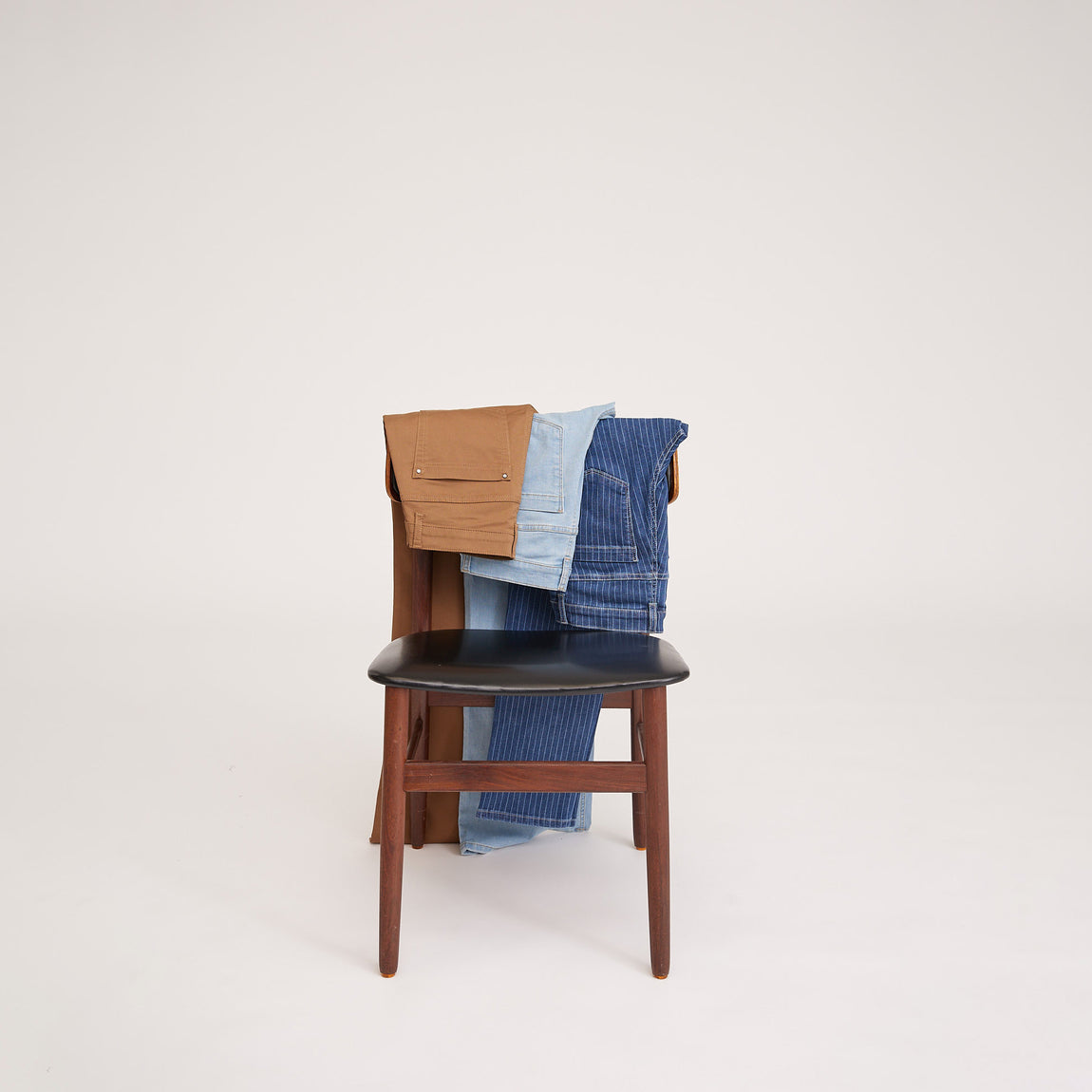
Let go of clothes that no longer serve you
Let go of clothes that no longer fit you or your lifestyle; and let go of clothes that may be categorised as insufficient in other ways. If some of your clothes have sentimental or nostalgic value to you, you must store them somewhere else. That also goes for carefully selected, seasonal items. If neither of these conditions are met, it makes sense to pass on your preloved items so that they can be loved again by someone else.
Only use your wardrobe for your wardrobe favourites
… and make sure they fit your lifestyle, your body, and the current season. When a new season is coming, and the weather starts changing, it’s time to review your wardrobe and replace some items with favourites you have kept somewhere else.
Shop more rarely and more consciously
… and always go for high-quality, durable clothes that
makes you happy when shopping.
Clothing swap communities and clothing rental
If you love fast fashion from high street chains such as Zara and H&M, and you also care for the environment and the people who manufacture these clothes, great alternatives are available. One of them is the
clothing swap community The Collective Wardrobe. With a membership of DKK 189 a month, you can swap up to 10 items at a time.
That way, you and your wardrobe will benefit from fast
fashion, without burdening the climate or your credit card. As a consumer, you can also contribute to reduce the demand for that kind of fashion which is manufactured with lightning speed at sewing rooms in third world countries where particularly women have extremely long workdays with extremely monotonous work at extremely low salaries. Quite a win-win, right?
Are you dreaming of a beautiful, Cinderella -worthy New Year’s dress, or are you looking for a special outfit for your daughter’s or your friend’s wedding without emptying your credit card or burdening the climate, you can rent magical dresses and other outfits at several places. The fashion magazine Costume has listed four excellent opportunities here.
Subheading
Ask critical questions
It’s all about consuming consciously, not unconsciously. It’s all about choosing quality over quantity. Buy little, but good. Buy less, but better. Stop mpulse buying and choose considerate shopping. Finally, it’s a good idea to ask yourself some critical questions before your next shopping experience. Maybe the questions below may be of inspiration:
What would it add to my wardrobe?
How would I wear it?
Could I style it with other items from my wardrobe?
How was it manufactured? What about the choice of
materials and responsibility throughout the value chain?
Is it long-lasting, and would I wear it in three, five, or even in ten years?
As the British fashion designer Vivienne Westwood once
cleverly said:
